TMB Booking Strategy: Which refuges on the Tour du Mont Blanc get booked up most quickly?21/10/2019 TMB Accommodation ‘Pinch Points’ Common ‘pinch points’ are as follows (clockwise from the start at les Houches): 1. Refuge de la Croix du Bonhomme (‘RCB’), les Chapieux and Refuge des Mottets (Stage 2c, 2d and 3a): not wanting to push too hard at the start of the trek, most break their first day at les Contamines. This means that the natural stopping point on day 2 is RCB or les Chapieux (14-19km). If you push on from les Chapieux, it is another 6.5km to the next refuge which makes for a very long day. If you cannot get a booking at les Chapieux or RCB then you will probably be faced with one very long day followed by one very short one (or vice versa). Accordingly, these two places often get booked up very quickly. Refuge des Mottets takes the overflow and so it can be hard to secure too. Try to get this section booked as a priority as very long days can be problematic near the start of a trek when you are not yet ‘battle hardened’. 2. Rifugio Walter Bonatti (Stage 5b/v5b): this refuge is well placed between Courmayeur and la Fouly so, from a scheduling point of view, it is fair to say that it is probably the best place to stop for the night. Furthermore, on the trail you often hear people talking about their future stays at Bonatti with a kind of reverence. And the older guidebooks certainly seem to have contributed to its excellent reputation. And this reputation means that it is almost always booked up (except at the start and end of the season). Personally, I find it to be a bit of a ‘TMB factory’, processing TMB walkers in an austere manner albeit offering clean and largely comfortable facilities. And it has to be said that the location is spectacular. Nevertheless, there are other good options not too far away and I prefer to stay at Rifugios Bertone or Elena (which are admittedly both 2 hours away, one before Bonatti and one after). However, if you have your heart set on Bonatti then get it booked as soon as they start accepting bookings.
5. Refuge la Flégère/Refuge du Lac Blanc (Stage 10/v10): if you cannot get one of these two refuges booked then, unless you are camping, you are faced with a massive double day all the way to les Houches or you have to take the cable car down to Chamonix for the evening. In my opinion a stay at one of these two places is a TMB highlight: they are the best locations for sunsets on the whole trek as the sun lights up the whole Mont Blanc Massif. They both fill up fast. 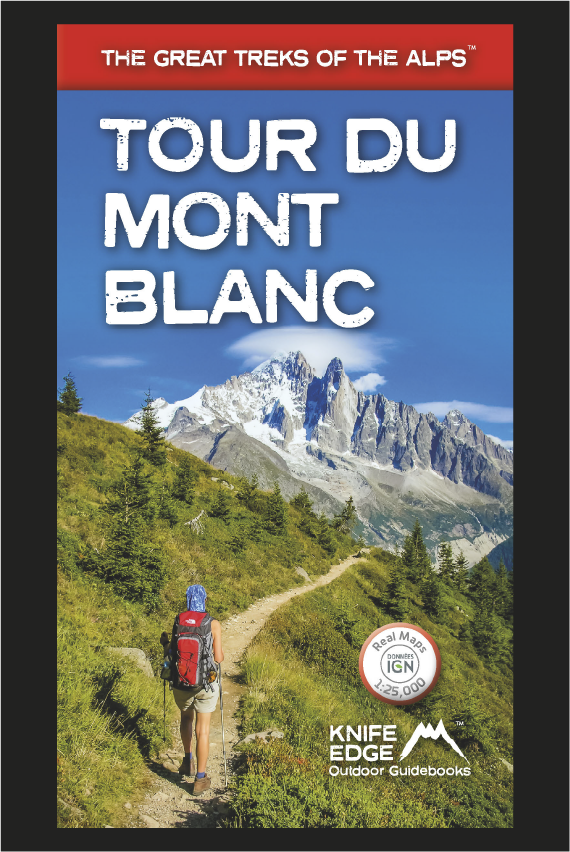
Tour du Mont Blanc (2022 updated version)
£16.99
AVAILABLE NOW!
Complete guidebook for planning and trekking the Tour du Mont Blanc, the world's most famous trek Real maps for each stage: 1:25,000. No need to carry a separate map! Unique Itinerary Planner: plan a bespoke itinerary to match your ability and vacation schedule. All difficult calculations of time, distance and altitude gain are done for you Everything the trekker needs to know: route descriptions, costs, budget, difficulty, weather, how to get there, and more Full accommodation listings: spectacularly situated mountain huts, villages and hamlets Full section on camping: a complete list of camping locations 10 exciting variants to the main route! Information for both self-guided and guided trekkers 
Walking Chamonix Mont Blanc
£15.99
Available Now!
The 20 hikes in the Chamonix Valley that need to be on your Bucket List. No fillers. Only must-do hikes are included. ► Real IGN Maps inside: 1:25,000 ► Detailed information on public transport, including cable cars ► Our secret tips on how to get away from the crowds ► Numbered waypoints linking the Real Maps to our clear descriptions ► Graded routes to suit all abilities ► Everything the hiker needs to know: route descriptions, difficulty, weather, how to get there, and more ► Information on Wildlife and Plants Our walks have been carefully selected to enable easy access by public transport, including the Chamonix Valley’s incredible cable car network. Chamonix is the most famous mountain town in the world. It is where mountaineering began. Its peerless reputation owes everything to the mighty Mont Blanc, the highest peak in Western Europe: our hikes will take you to the finest viewpoints of the mountain and its glaciers. 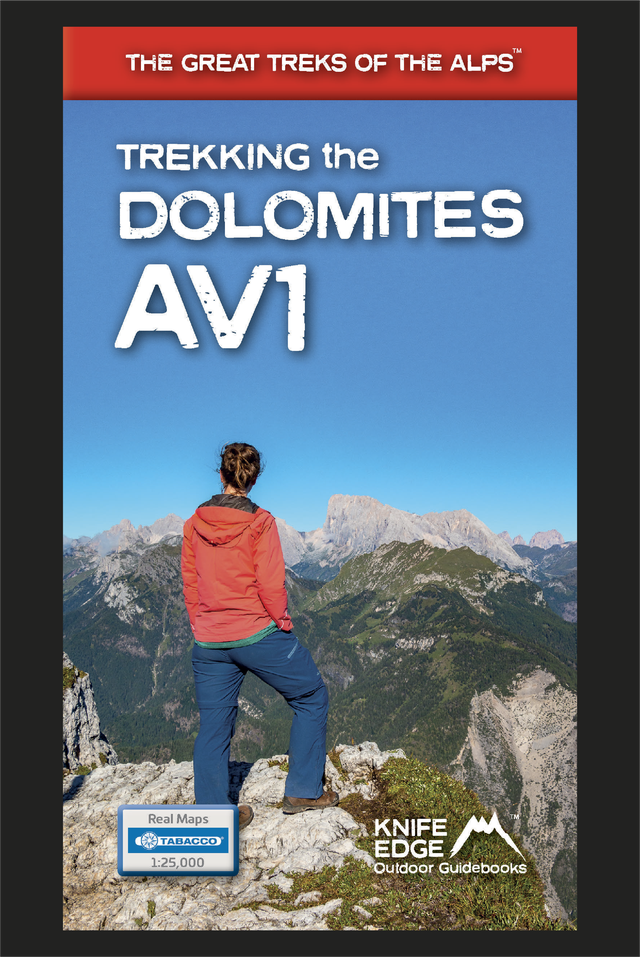
Trekking the Dolomites AV1 (2024 updated version)
£16.99
Fully Updated for 2024! The only guidebook exclusively for the AV1. Real maps inside (Tabacco 1:25,000): the finest maps available for the Dolomites. Everything you need to know to plan and walk Italy's most popular long distance route. Also includes: Numbered waypoints linking maps to text Unique Itinerary Planner: plan a bespoke itinerary to match your ability and vacation schedule. All difficult calculations of time, distance and altitude gain are done for you 7 Proposed Itineraries of between 6 and 11 days Everything the trekker needs to know to plan the route: route descriptions, costs, budget, difficulty, weather, how to get there, and more Full accommodation listings: spectacularly situated mountain huts Section on Camping Exciting variants to the main route Information for both self-guided and guided trekkers Edge to edge colour: the most modern and beautiful guidebooks
1 Comment
Stage 3 of the GR221 was a complete contrast to the epic panoramas of the previous two stages. The path took us slightly inland to see a Mallorca hidden from most: balmy, aromatic Holm Oak forest and a wonderful historic mountain village. On this stage you really start to understand why the GR221 is known as the Drystone Way...... 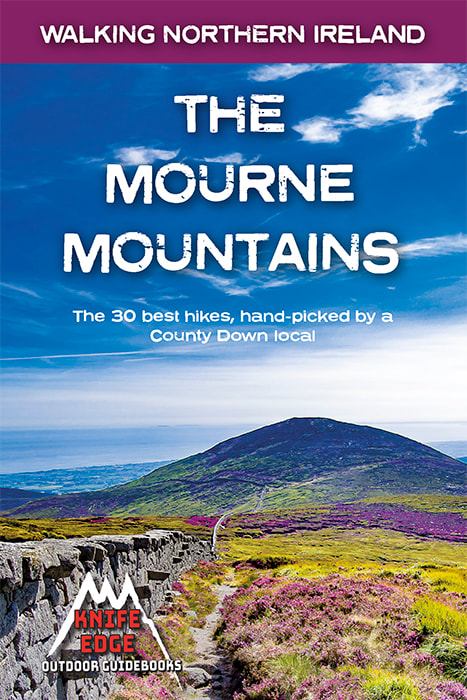
The Mourne Mountains: 30 best hikes
£14.99
Available now!
30 epic walks in Northern Ireland's highest mountains. The only Mournes guidebook with Real OSNI Maps inside (1:25k): no need to carry separate maps! The only Mournes guidebook written by a local walker with decades of experience. Also includes: ▶ Numbered waypoints linking the Real Maps to our clear descriptions ▶ Graded routes to suit all abilities ▶ Everything the hiker needs to know: route descriptions, difficulty, weather, how to get there, and more ▶ 4 different ways to summit Slieve Donard, Northern Ireland's highest peak ▶ The 21 mile Mourne Wall challenge walk ▶ List of Irish place names ▶ Information on Wildlife, Plants & Geology ▶ Game of Thrones film locations ▶ Section on accommodation 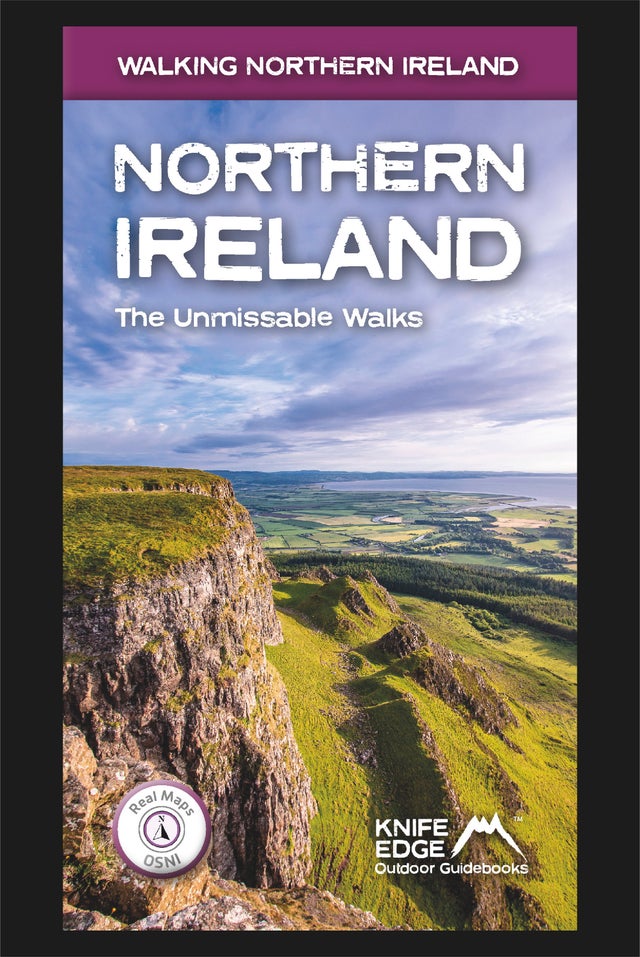
Northern Ireland: the Unmissable Walks
£14.99
Available now!
The definitive guidebook for walking in Northern Ireland: 36 epic walks hand-picked by a County Down local. The only guidebook for Northern Ireland with real OSNI maps inside: this makes navigation easy. The Causeway Coast, the Glens of Antrim, the Mourne Mountains, the Sperrins and much more. Also includes:
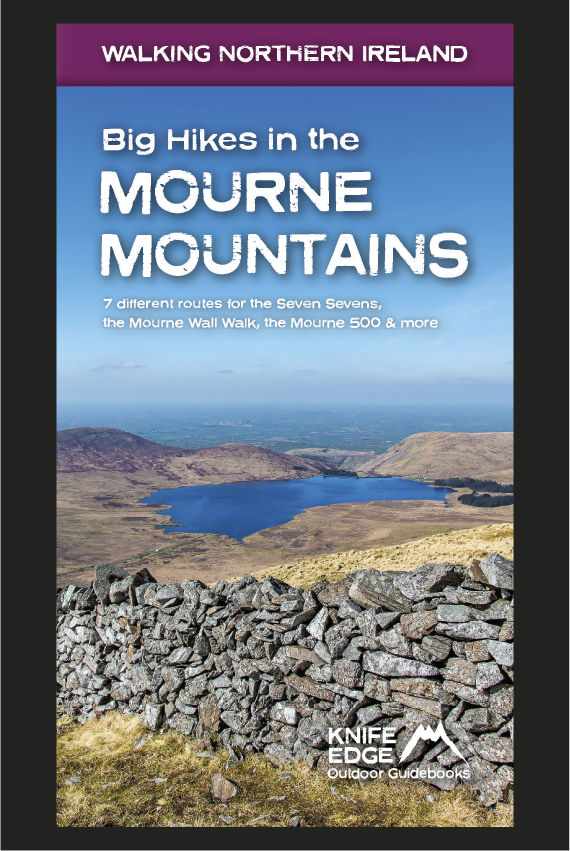
Big Hikes in the Mourne Mountains
£15.99
Available now!
A collection of epic long-distance routes for walkers and runners in Northern Ireland's highest mountains, which sweep majestically down to the Irish Sea at the pretty seaside town of Newcastle. Real OSNI Maps inside
The routes have been hand-picked and clearly written by a local walker with decades of experience. Wild mountain terrain: beautifully long ridges, magnificent summits and vibrant heather and gorse covered slopes. 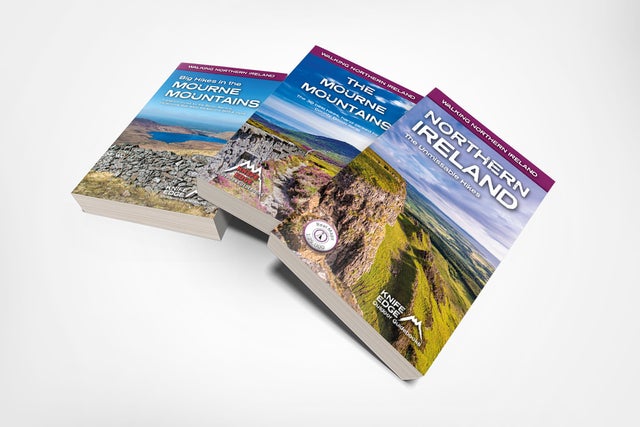
On Sale On Sale Northern Ireland Trilogy
£44.97
£30.99
All three books in our best selling Walking Northern Ireland series. They all have real 1:25,000 OSNI maps inside. Walking Northern Ireland: 36 epic walks hand-picked by a County Down local. The Mourne Mountains: The best guidebook for the Mourne Mountains. Written by a County Down local hiker: 30 handpicked routes. Big Hikes in the Mourne Mountains: A collection of epic long-distance routes for walkers and runners in the Mournes. Includes seven routes for the 7-7s, the Mourne Wall Walk, The Mourne Way, the Mourne 500 and much more. 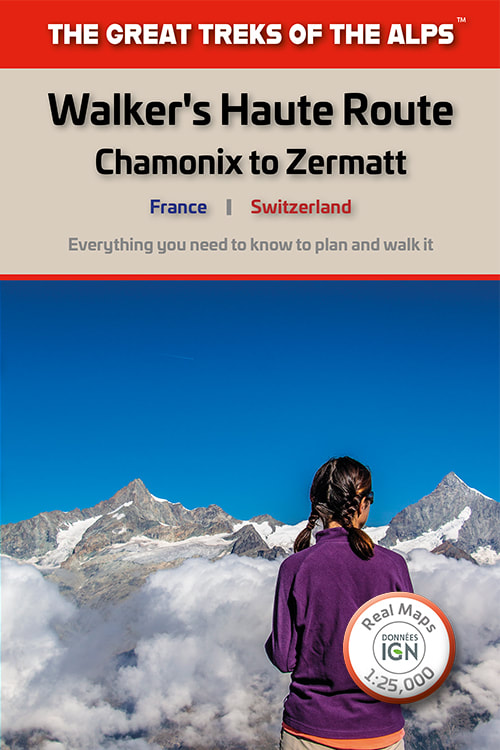
Walker's Haute Route: Chamonix to Zermatt
£14.99
AVAILABLE NOW!
Real maps for each stage: 1:25,000/1:50,000. No need to carry a separate map! Also includes:

Tour du Mont Blanc (2022 updated version)
£16.99
AVAILABLE NOW!
Complete guidebook for planning and trekking the Tour du Mont Blanc, the world's most famous trek Real maps for each stage: 1:25,000. No need to carry a separate map! Unique Itinerary Planner: plan a bespoke itinerary to match your ability and vacation schedule. All difficult calculations of time, distance and altitude gain are done for you Everything the trekker needs to know: route descriptions, costs, budget, difficulty, weather, how to get there, and more Full accommodation listings: spectacularly situated mountain huts, villages and hamlets Full section on camping: a complete list of camping locations 10 exciting variants to the main route! Information for both self-guided and guided trekkers Multi-day trekkers carry all their worldly possessions on their backs so it is not surprising that one of the most common topics of conversation is pack weight. Ultra-light backpacking is very much in vogue these days, fuelled by thru-hikers from the US on long-distance trails like the Pacific Crest Trail. The gear manufacturers are riding this trend by making some incredible kit that makes it easier and easier for us to carry less weight. Less weight means less strain on the body and this enables us to travel further and faster. These days, on hut to hut treks (where no camping equipment is required), I can achieve a pack weight of around 5kg (excluding water). For camping treks, I now carry 7kg (excluding food and water): and that is without having to get rid of some luxuries. I am starting the Corsica GR20 this week and will be camping all the way. I thought some of you would like to see what I will carry so I made this video....... The Alpine walking season is rapidly approaching and, since I have spent much of the winter and spring making trekking guidebooks, I am a little out of shape. So after some serious thought, I decided that the best way to get some trekking fitness back would be to do a trek! And as it was too early for the high mountains, I decided upon the Mallorca GR221: 140km of rugged and beautiful walking. Over the next few weeks, I am going to blog about my experiences. A last minute flight to Mallorca, and a bus ride, later, I started the trek under a cloudless sky and blazing sunshine. The first climb was tough in the heat but this is the result..... Even though it is May, and Spring is fully underway, it snowed in the Chamonix Valley yesterday: 20cm at 1000 metres. And in fact, around Mont Blanc there is still 2.6m of snow at 2500m (around the maximum altitude on the TMB). Now that does not necessarily mean that there are going to be major problems for early season TMB trekkers as warm weather between now and June should bring on a rapid thaw. However, it is fair to say that it is too early to tell and that we are not out of the woods yet. With that in mind, I thought it would be useful to put together a list of places on the TMB where snow can be problematic: a list of snow hotspots, if you like. Now this list will never be exhaustive as conditions vary from year to year: wind directions and microclimatic local conditions have a major impact on exactly where snow will have accumulated at greater depths. Nevertheless, there are some places where typically snow is slower to clear. Furthermore, snow will generally be slowest to clear on north facing slopes. This article is not intended to worry you. Rather it will empower you, helping you to be aware of some key sections which snow makes problematic. Use this information to ask the right questions of the accommodation managers before you set out in the morning: they are likely to know what has been happening on the trail and if walkers have previously been forced to turn back. Remember that it is not the end of the world if you have to avoid a small section of the TMB: it is 174km long so there will still be a huge amount of trail that you can travel safely. So what follows is a list of some of those places, described in an anti-clockwise direction starting in les Houches. The stage numbers referred to are the stage numbers used in my book, Tour du Mont Blanc. 1. Col de Tricot Variant (Stage v1a): the crossing is north to south or vice versa so there can be a great difference in snow pack between the two sides. In particular, take care on the north side of the col. The good news is the col (at 2120m) is not one of the highest so snow does clear earlier here than in other places. Early season hikers should ask about conditions in les Houches before setting out: if in doubt take the main TMB route (Stage 1a) which is much lower. 2. Col de Bonhomme & Col de la Croix de Bonhomme (Stage 2c): take care on the entire section between the northern approach to Col de Bonhomme and Refuge de la Croix de Bonhomme. Altitudes are high and snow lies pretty late. The climb to Col de Bonhomme is steep and north facing so can be slippery in snowy conditions. Also, take great care on the exposed traverse straight after Col de Bonhomme: the slope is steep and a fall could be serious. I felt very happy having an ice axe there in early June last year although few other people were carrying them. After Col de Bonhomme, navigation can be tricky if the path has been obscured by snow. 3. Col des Fours (Stage v2d): the joint-highest place on the TMB. Do not attempt this in snowy conditions. The eastern side is extremely step and if you slip you could slide all the way to the bottom. Navigation would also be a serious undertaking here in snowy conditions. 4. Col de la Seigne (Stage 3b): another high col where snow can lie late. It is not as steep (on either side) as some other cols but still watch your footing: I witnessed a foolish group last year descending in very snowy conditions in tennis shoes with no grip. They were lucky. In a heavy year, snow can remain in June almost all the way from the col to Rifugio Elisabetta. Normally, the route is well tracked by others before you but just take care over your navigation. 5. Combal to Rifugio Maison Vieille (Stage 4b): this balcony path has many traverses with steep drops. In snowy conditions these can be treacherous. You may find that the traverses have been tracked by others but do not follow these footprints slavishly. It is not axiomatic that the people before you have selected the correct and safest crossing. A fall on one of the traverses, which can be icy, could be serious. 6. Rifugio Bertone to Rifugio Bonatti (Stage 5b): a series of streams are crossed on this stage and snow bridges tend to form across them. Take great care crossing snow bridges: if one collapsed with you on it then you could be seriously injured. Again, do not necessarily follow the tracked path. Look for the thickest part of the snow pack to cross. If it look dangerous head up or down stream until you find a safe place to cross. 7. Mont de la Saxe Variant (Stage v5b): avoid this variant in snowy conditions when navigation is tricky. After Tête de la Tronche, snow often lies late into the season. 8. Rifugio Bonatti to Rifugio Elena (Stage 6a and 6b): there are more steep traverses. The comments above apply here also. 9. Rifugio Elena to Grand Col Ferret (Stage 6c): Take care on the entire climb to and descent from the col. In particular, the first part of the climb just after Rifugio Elena is treacherous in snowy conditions. 10. Fenêtre d’Arpette (Stage v8): I will be blunt here: avoid this entirely if there snow still lying. You could die. Navigating the boulder crossings in snowy conditions is for adequately equipped walkers with good winter skills only. 11. Col de Balme (Stage 9b): It is not the highest col so is unlikely to be the worst thing you undertake but take care anyway if snow is lying. 12. Aiguillette des Posettes (Stage 9c): There are steep drops along the ridge and the descent is long and very steep. Avoid this section in snowy conditions and take the safer variant (Stage v9c) instead. 13. Lac Blanc (Stage v10): Snow can remain into early summer. Some of the sections of the approach to the lake are steep: these become slippery and treacherous in the snow. Ask locally before setting out on this variant.
14. Col du Brévent (Stage 11a): the section between Planpraz and le Brévent is very difficult to navigate in snowy conditions. It passes through some remote terrain and it would be easy to get lost. Snow tends to accumulate around the col and can be some of the last snow to melt on the TMB. I was very glad of my ice axe there in mid-June last year. I hope that you found this helpful. If you have any further questions then please post them on the Facebook group “Tour du Mont Blanc”. As regards winter equipment, skills and technique, you could write a whole book on that so it is beyond the scope of this article. You don’t need trekking poles on the Tour du Mont Blanc. In fact, you don’t need trekking poles anywhere. Plenty of people hike all over the world without them and have few problems. However, in my opinion, they are desirable: a very good idea indeed whether on the Tour du Mont Blanc or any other mountain hike. And here’s why:
So what are the downsides of using poles? Well some people find that they get in the way: if you do not place them right then you can trip over them. However, I believe that is just a matter of a little practice. Others say that they make you burn more calories so you need to carry more food. This seems logical but I do not think that it makes that big a difference. And then there is the matter of the extra weight but with the introduction of carbon poles this is not a massive issue. In summary, I believe that these issues are vastly outweighed by the benefits. One pole or two? If you have taken on board what I have said above, then it will seem obvious that two poles are best. However, one pole is definitely better than none. In fact, I only walk with one pole these days. A few years ago, I had a shoulder operation and I got into the habit of using only one while going through rehab. I am always concerned about giving that shoulder too much work so I still use one, swapping between arms periodically. The advantage of using one is that you always have a hand free. But if I could, I would use two without hesitation. Should I use the wrist straps? My answer is emphatically yes! The straps can be used to take most of the weight off your fingers and hands, reducing strain. Your wrists, which are stronger, do much of the work. Straps also help reduce blisters on your fingers and palms because you do not need to grip the pole so tightly. However, poor quality straps can also cause chaffing. The straps should be worn the same way as those on ski poles: you put your hands up through the straps rather than down. This means that if you fall then you are less likely to break your wrist as your hands can come free of the poles more easily. Telescopic poles or folding poles? Telescopic poles collapse by pushing the sections into one another. Normally there are three sections and they tend to be very robust, lasting for years. Folding poles usually have four sections connected by plastic covered string. The sections do not fold up beside each other and so the folded pole is wider than the collapsed telescopic pole and tends to be less durable. For decades, I used telescopic poles but once I bought a folding set, I never looked back. Although, they are less durable, the folding pole has two key advantages:
What are anti-shock poles?
Anti-shock poles have shock absorbers built in so that the stress on your arms and wrists is reduced. There are various different mechanisms: one of the earliest was basically to have a spring within the pole. This was quite heavy. However, nowadays there are some really cool lightweight systems. My poles have a neat piece of shock-absorbing rubber within the tip and it really works. Some say that the shock absorber affects your contact with the ground but I have never found that. What is the best material for the handles? In simple terms, there are three types: cork, rubber and foam. Cork (its rarely real cork these days) is the nicest to use: very comfortable and less likely to give you blisters. But it is quite heavy. Rubber handles, in my opinion, are the worst. I find them uncomfortable to use for long periods and most likely to cause rubbing. I hate them. Foam used to be horrible but these days if you buy good quality poles, you should get good foam. My current poles have foam handles and they are excellent: I have walked thousands of km with them and I have never had a problem. Everyone’s hands are different though so my advice is to go to a shop and try them out. It’s not the same as walking the 170km of the TMB with them but some comfort issues will be immediately obvious. Remember though that there are loads of cheap poles out there and the handles are unlikely to have been made with good stuff: when you have blisters after about 100km, you may wish that you had bought more expensive ones! So there it is: one fool’s views on the use of a stick! The Tour du Mont Blanc is an experience of a lifetime. No two ways about it. The scenery is exquisite, the refuges are just lovely and there is a wonderful sense of camaraderie amongst the TMB trekkers. Indeed, if the weather gods deliver clear blue skies and you are lucky enough to get accommodation, it will be an experience that you will never forget. It is not a surprise therefore that you are competing with thousands of others to secure the gold dust that is bookings for the best refuges. And such is the popularity of this astounding trek that not everyone will get bookings. Nothing good in life is easy these days particularly when it comes to trekking and travel. So what happens if you are one of the disappointed thousands? Do you simply wait until the end of the season and try to secure that alpine experience for the following year? Well that is what many do: the Tour du Mont Blanc is a famous bucket list trek after all. However, I think that is a shame. Now I am not suggesting that you should not try to book the TMB again the following year. What I am suggesting though is that the TMB is not the be all and end all of the Alps. I am telling you that there are plenty of other treks which are just as good if not better. The TMB is the one that everybody knows about because it is a circumnavigation of the most famous peak in the Alps: the mighty Mont Blanc. The Mont Blanc Massif is the highest group of mountains in the French Alps. But can you tell me what is the second highest massif? Or the third highest? I didn’t think so. The Alpine chain is absolutely huge and the Mont Blanc Massif is only a tiny portion of it. I guarantee that if you did any one of a hundred treks in the Alps, it would be an experience just as rich and fulfilling as the TMB. And most of these treks do not attract the volume of visitors that descend upon the TMB: not because the scenery is inferior but because the TMB circles the highest mountain in Western Europe and bucket lists like the word “highest”. So why wait for 12 months when you can have a magnificent Alpine experience straight away? The difficulty is knowing where to start so let me help you with a few suggestions. Walker’s Haute Route The obvious alternative, which many of you will have heard of, is the Walker’s Haute Route (WHR). This is often considered to be the sister trek to the TMB and many argue (with justification) that it is scenically superior to the Tour du Mont Blanc. It overlaps for a few days with the TMB but it is a linear route (rather than a circuit) taking you on an epic adventure between the two great mountaineering centres of the Alps. Starting in Chamonix beside Mont Blanc you walk all the way to Zermatt in Switzerland which is overlooked by the absolutely stunning Matterhorn. In between, you pass the greatest collection 4000m peaks in the Alps. And the glaciers! Oh the glaciers! They are everywhere! That is the good news. The bad news is that the Haute Route is also quite busy. Not as busy as the TMB but busy all the same. But it is slightly easier to book the Haute Route so if you have failed to secure TMB accommodation, then often you can still get sorted on the WHR. It is, however, a bit harder than the TMB: 206km compared to the 170km of the TMB; with 14,000m of height gain as opposed to 10,000m for the TMB. It therefore takes longer than the TMB but you do not have to do all of it. It enjoys the same camaraderie between trekkers and I prefer it to the TMB. So don’t overlook this one. Tour of the Ecrins National Park (GR54) A less obvious alternative is the GR54. It is my favourite trek in all the world, making a circumnavigation of the Ecrins Massif, the second highest range in France. It may be second to the Mont Blanc Massif in terms of height but not by much. And once you see it, there is no chance that you will notice that, for this is majestic high mountain terrain. And in my opinion, it is a much more real Alpine experience than the TMB. Much of the trek heads through the pristine Ecrins National Park which inexplicably gets only a fraction of the visitors that cram the Mont Blanc Massif each season. It is a truly remarkable place: a wilderness of snowy peaks, lovely pastures, incredible lakes and beautiful hamlets and refuges. Furthermore, you are much more likely to see wildlife in this protected region: chamois and ibex are regularly spotted. The path is just as good as the TMB and it has been recently waymarked so I find it to be easier to navigate than the TMB. It is about 180km so it is a bit harder than the TMB but not prohibitively so: it takes around the same length of time. And it is much easier to secure bookings. Or if you wish to camp then you will be delighted to learn that wild camping is permitted almost everywhere in the park: a rare thing these days. In my humble opinion, this is a bucket list trek. Your friends won’t know where it is but who cares as you will be doing something very special?
But I hear you say, I am new to trekking and do not want to do a trek even a little harder than the TMB. And I reply: “no problem! There are plenty of treks of similar difficulty or slightly easier. But you are going to have to wait until my next post to be appraised of this secret. To be continued..... |
Andrew McCluggageblogs about life on the Knife Edge Archives
January 2024
Categories
All
|
|
|
Free UK Delivery
International Delivery also available |
|
|
Company |
Support |
Follow us©Knife Edge Outdoor Guidebooks 2018
|

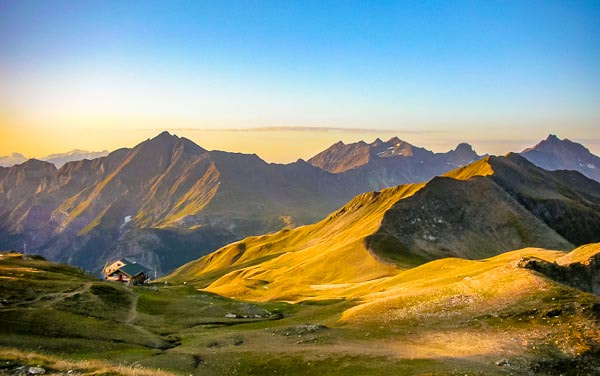
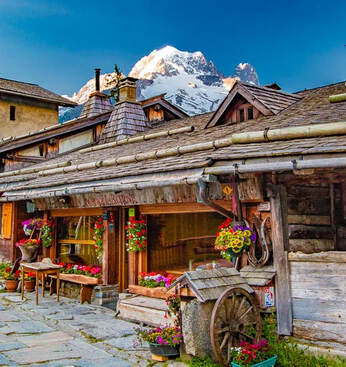
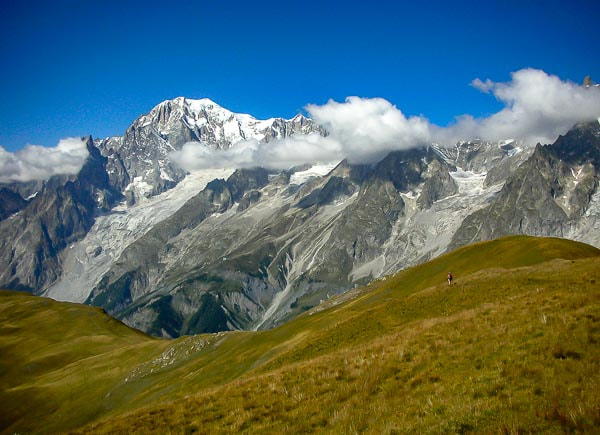
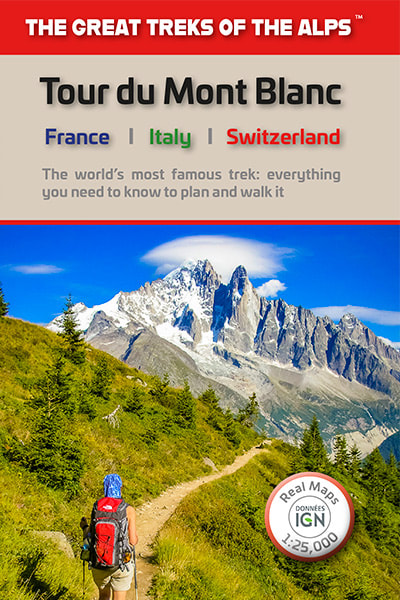
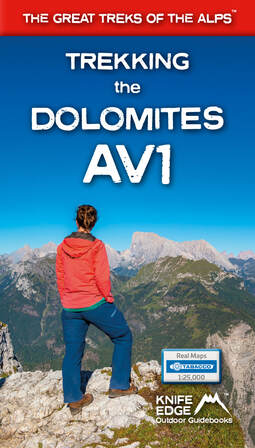
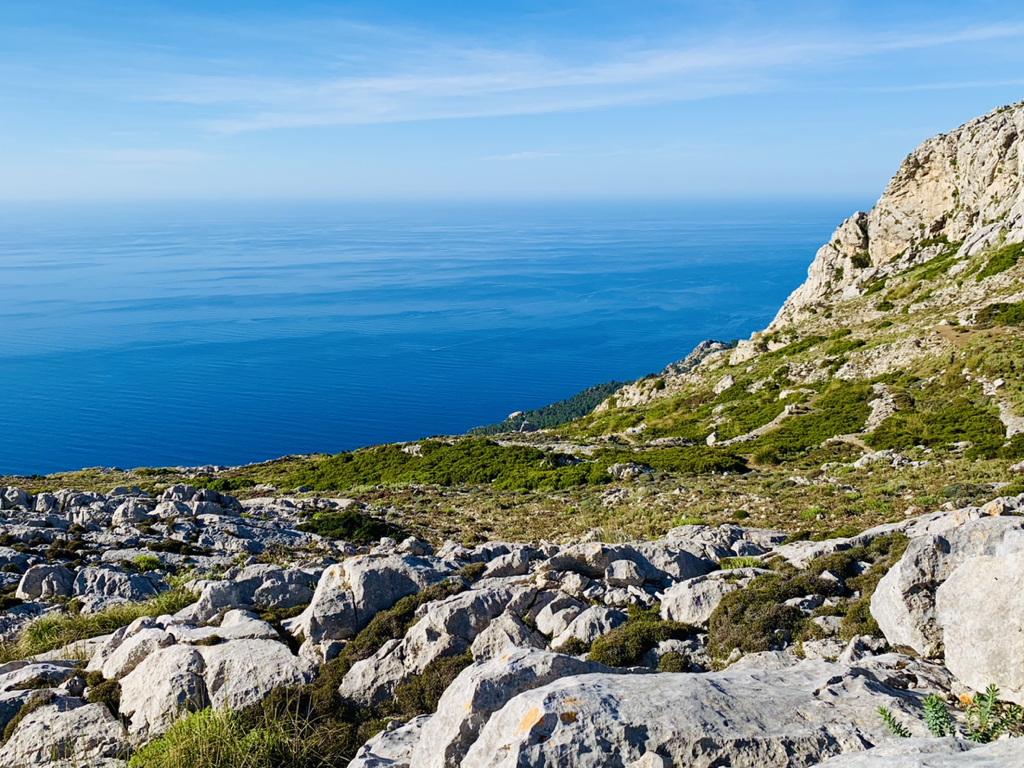
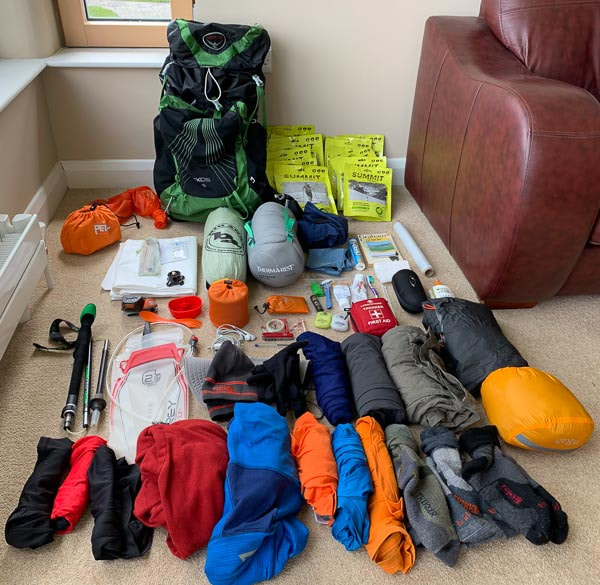
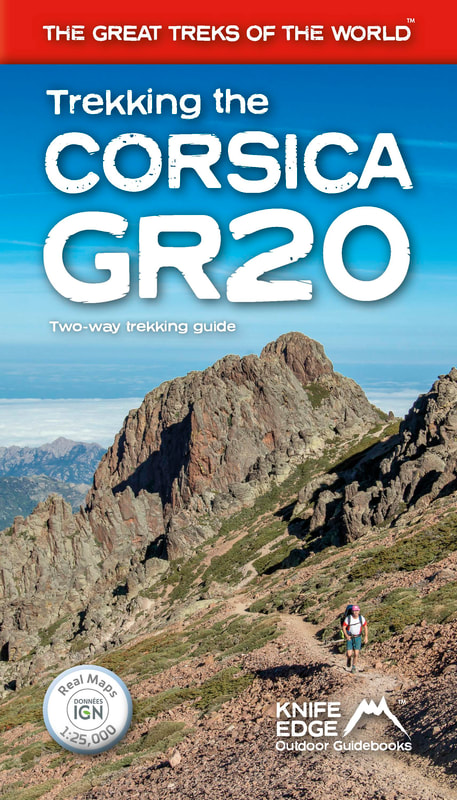
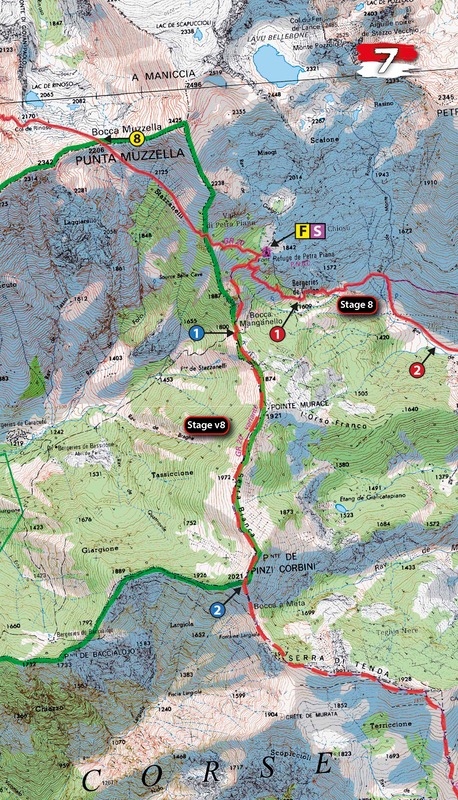
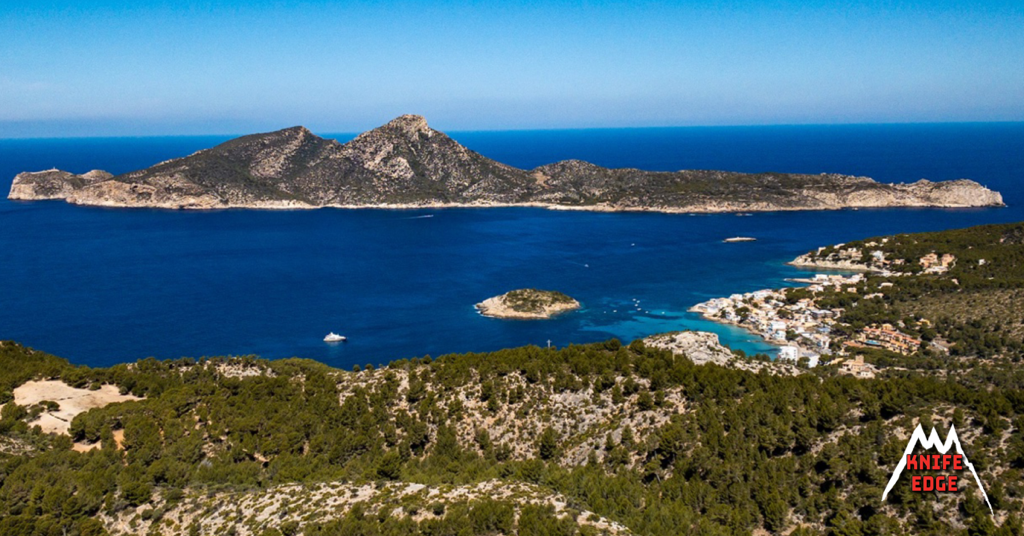
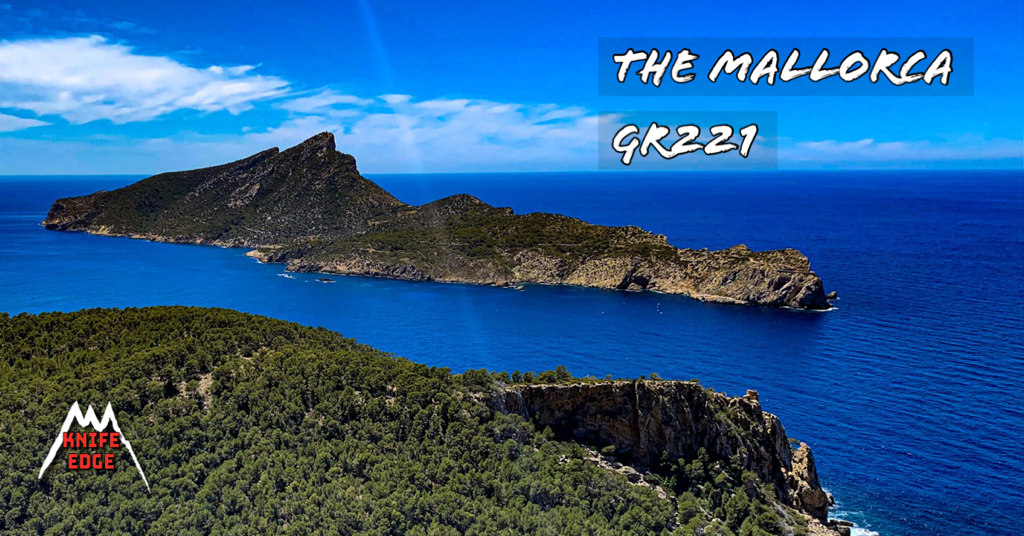
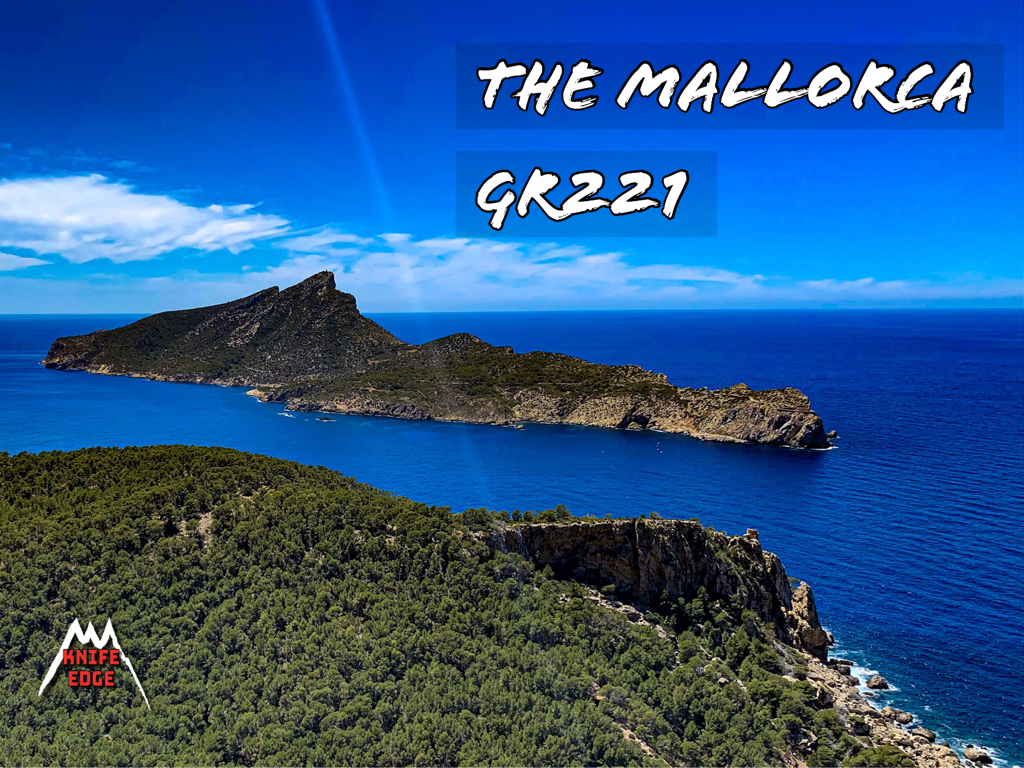
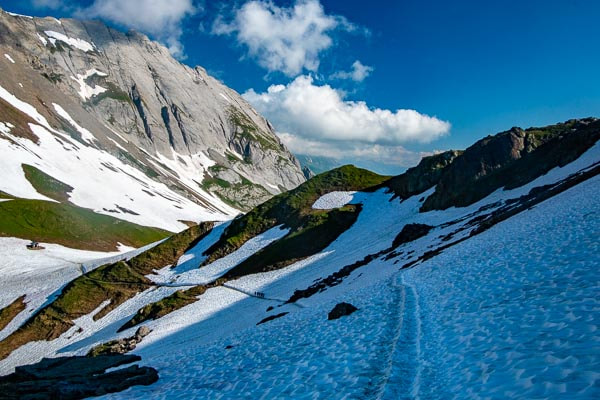
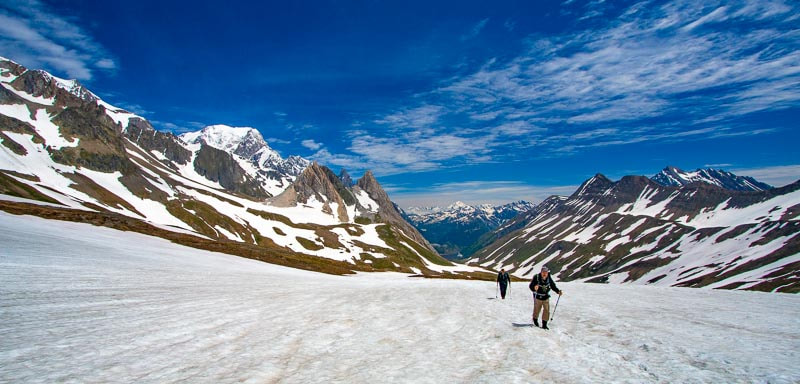
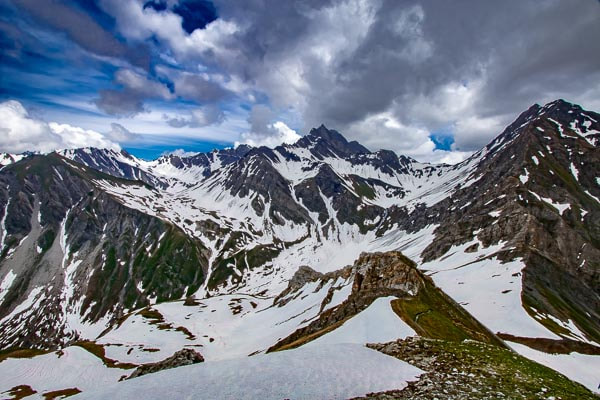
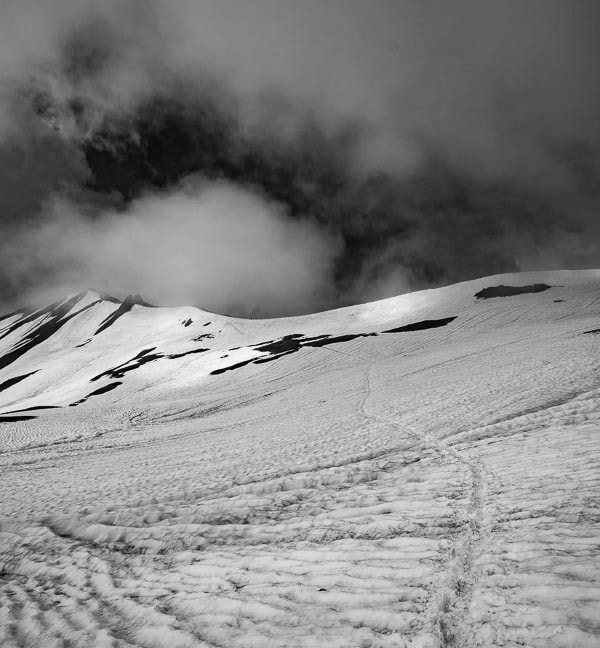
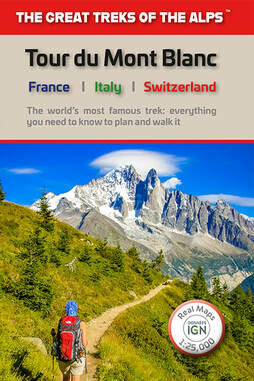
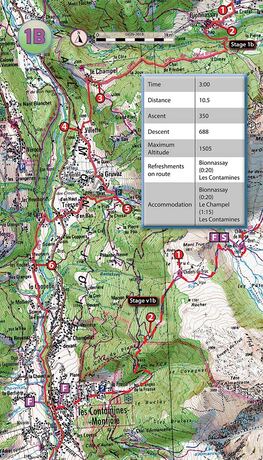
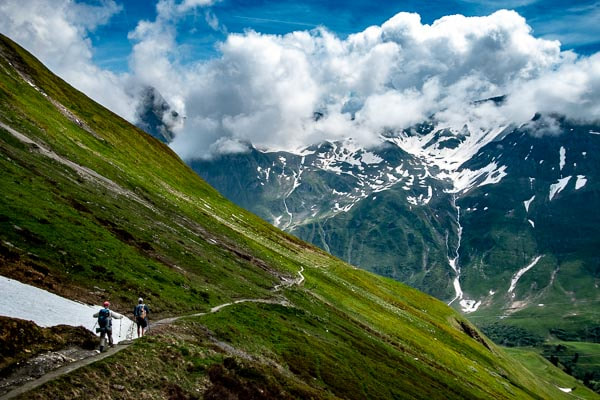
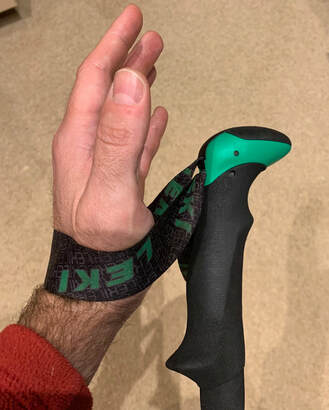
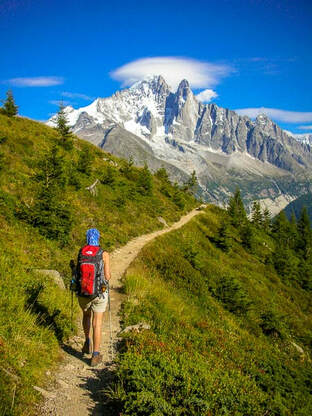
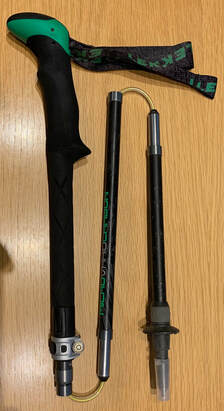
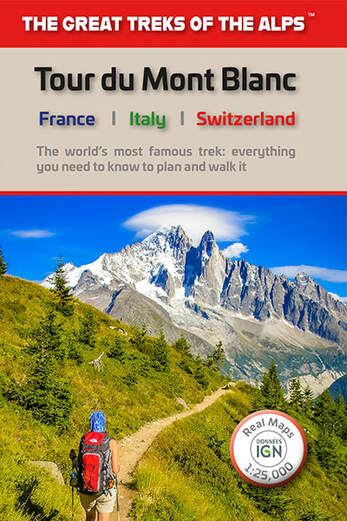
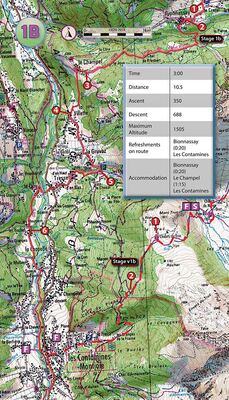

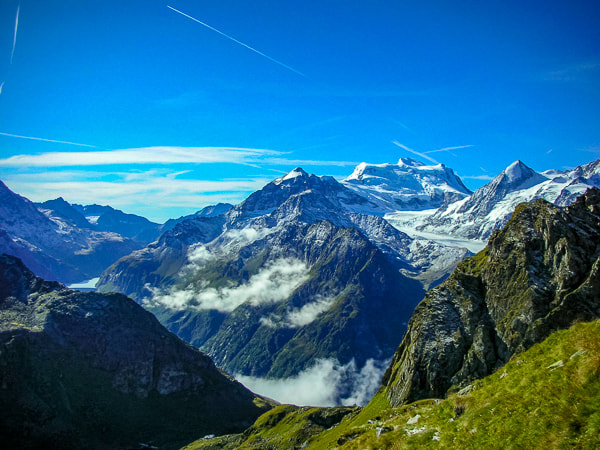
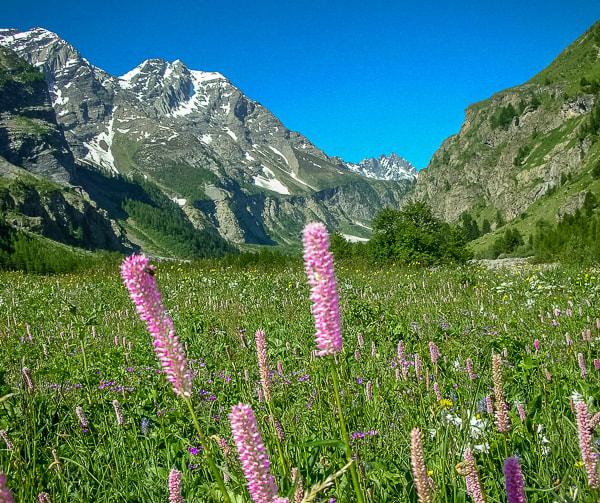
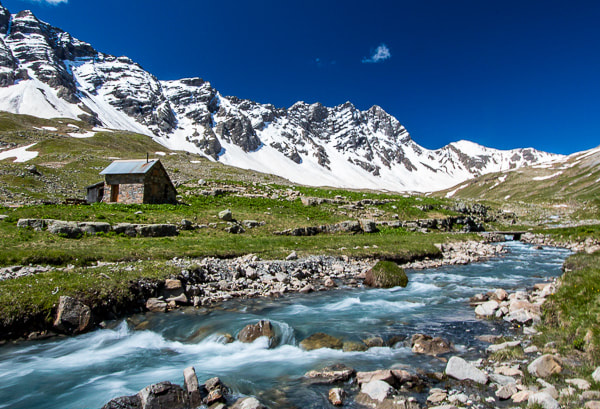
 RSS Feed
RSS Feed
